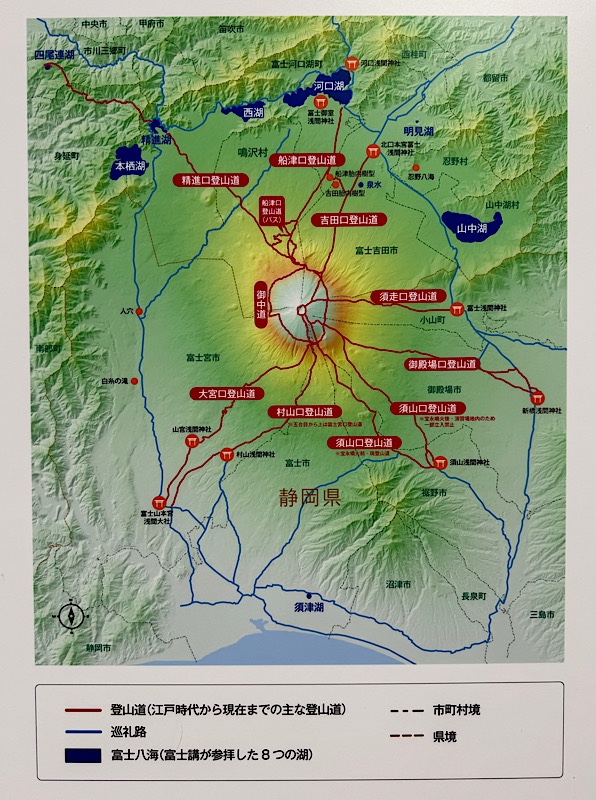The Fuji area of Yamanashi Prefecture has sooo many museums. If we had loads of time, we would have tried to do two or three a day and it would take you a couple of weeks to see them all. However, given we are moving on today, we decided to go to the Fujisan Museum as Mt Fuji holds a special place in Mr K’s heart after he climbed it in 2015. The museum itself is a beautiful and impressive modern building with a large viewing area on the roof that has uninterrupted views of Mt Fuji on a clear today – which unfortunately, in the direction of the mountain; today wasn’t really.
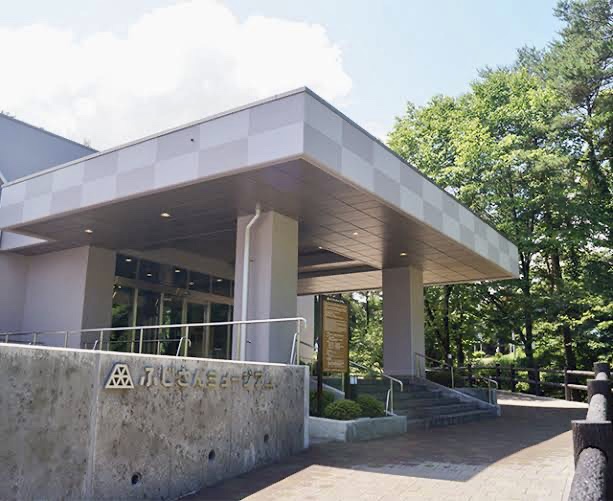
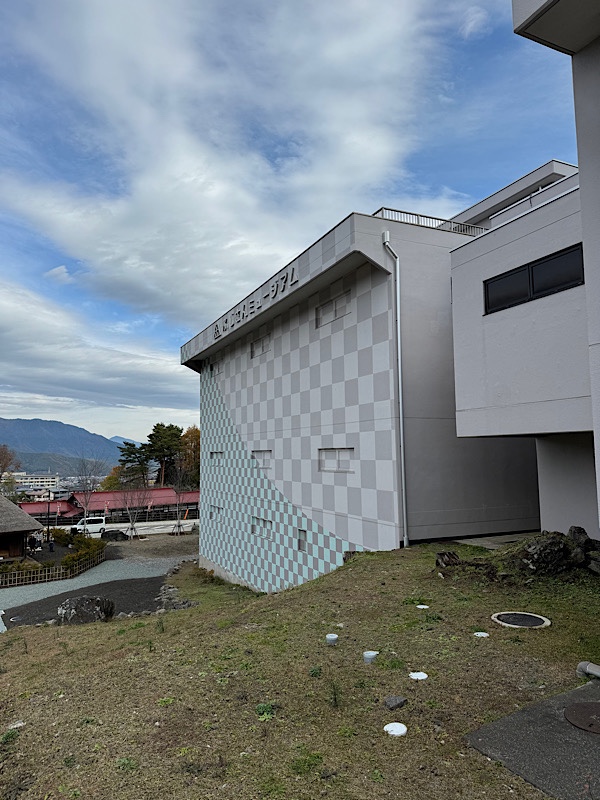 Much of the walkways and underpasses around the museum were constructed of lava formed stones/rock…
Much of the walkways and underpasses around the museum were constructed of lava formed stones/rock…
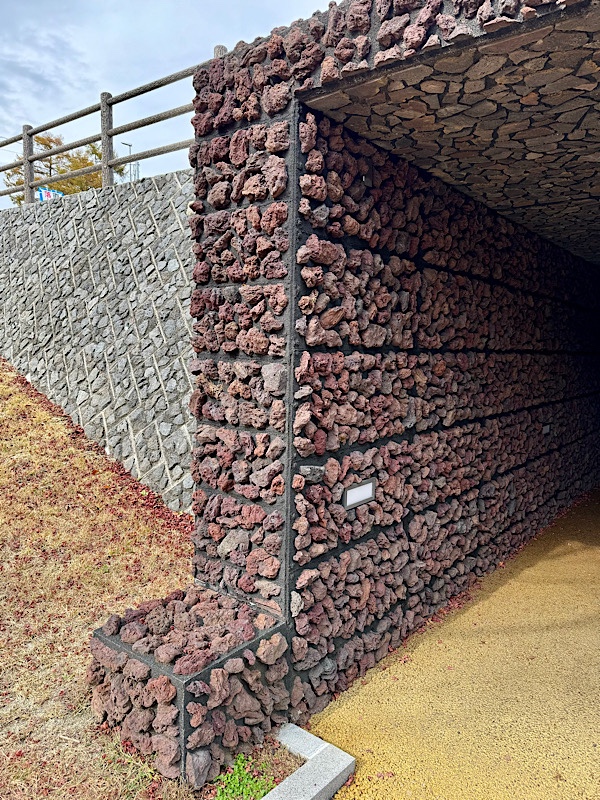
There were numerous informative displays contained inside – and obviously I couldn’t replicate them all here. Many of the objects had only descriptions in Japanese and I translated only those that were of greatest interest.
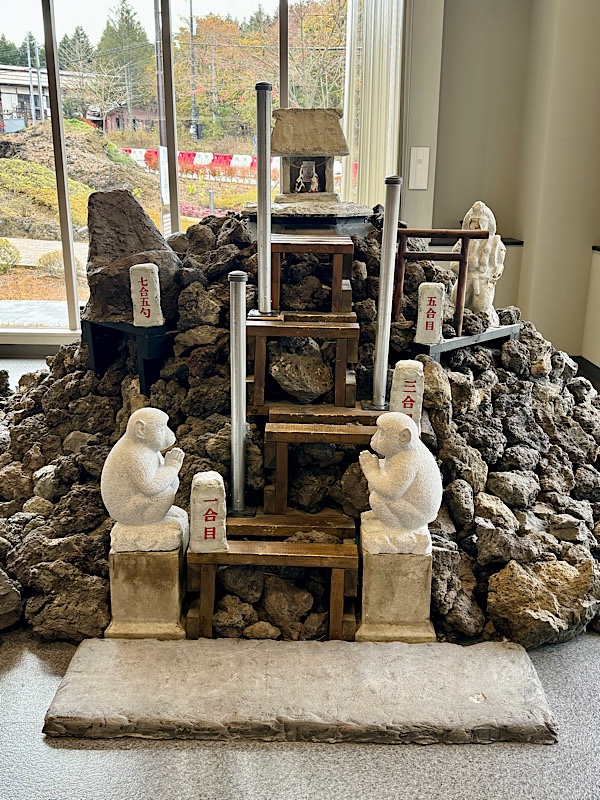
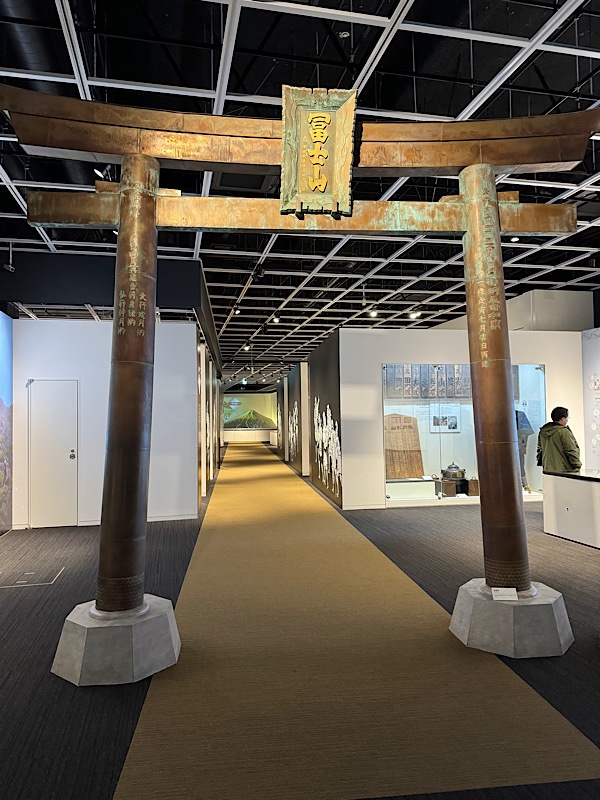
At the beginning of the Heinan Period (c.794-1185AD) Mt Fuji experienced repeated large scale eruptions. At the time, it was believed that the eruptions were due to angered gods and the Imperial Court ordered that people worship Mt Fuji as a God to appease the god and attempt to quiet the eruptions and avert disasters… it didn’t seem to ‘work’ per se, but they gave it a good go by the sounds of it.
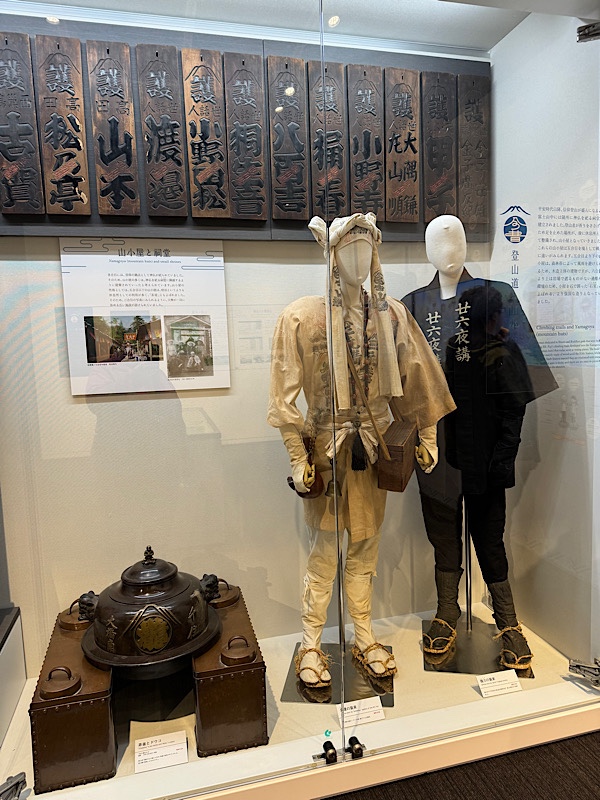
Climbing the mountain and leaving small sacrifices became a ritual pilgrimage that many Japanese (men in particular) aimed to achieve at least once in their lifetimes. A sentiment that seems to still carry forward today with many having climbed the mountain at least once. The god-like status of the mountain saw it become prevalent in many artistic endeavours through the period and since – indeed now, with mass production, representations of Mt Fuji are probably more prolific a motif than any other throughout Japan.
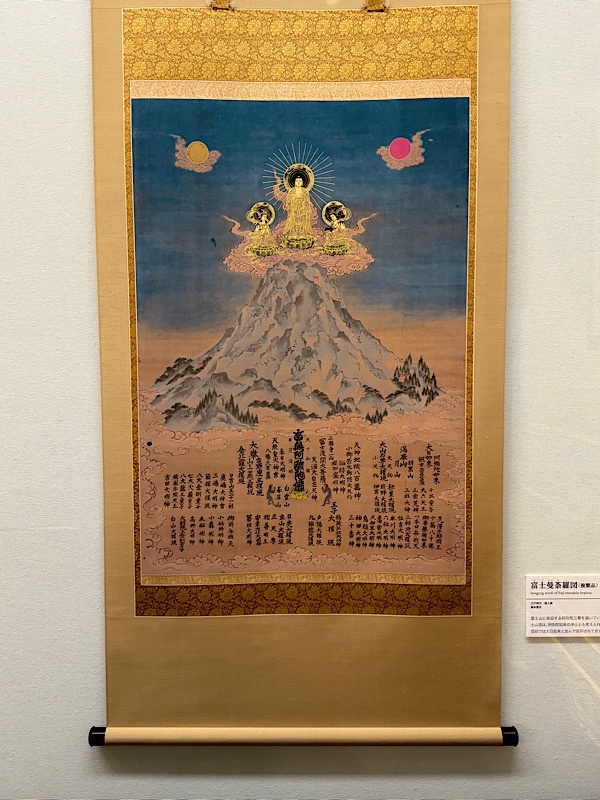
A scroll carrying container… c.1640s
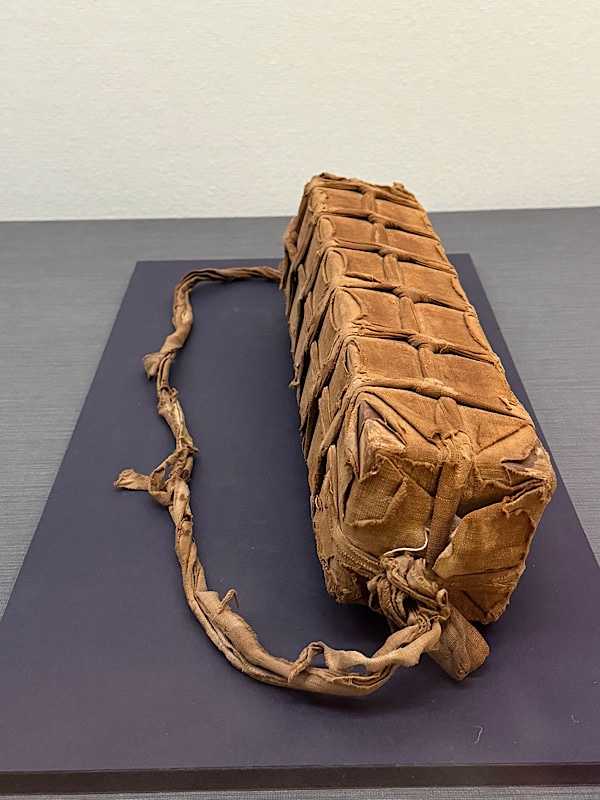
Depictions of climbers in antique scrolls.
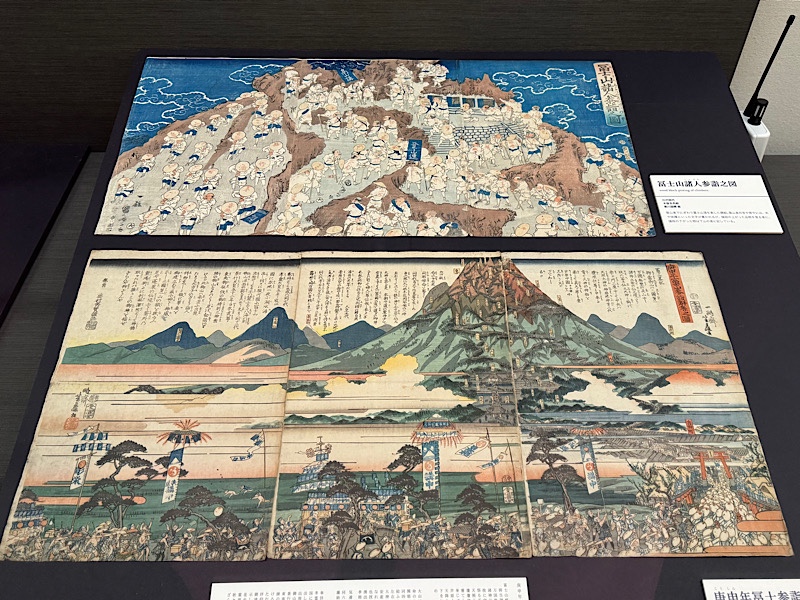
Cloth flags carried by climbers undertaking pilgrimages across the last century.
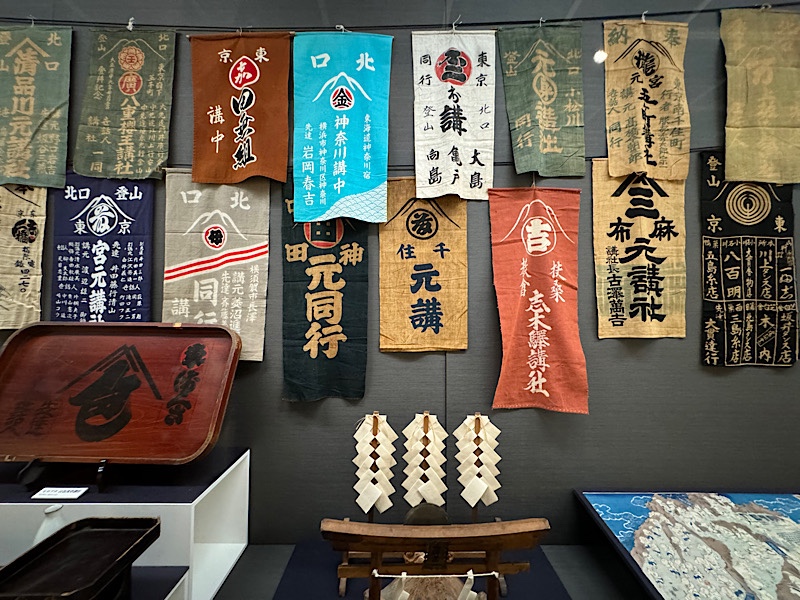
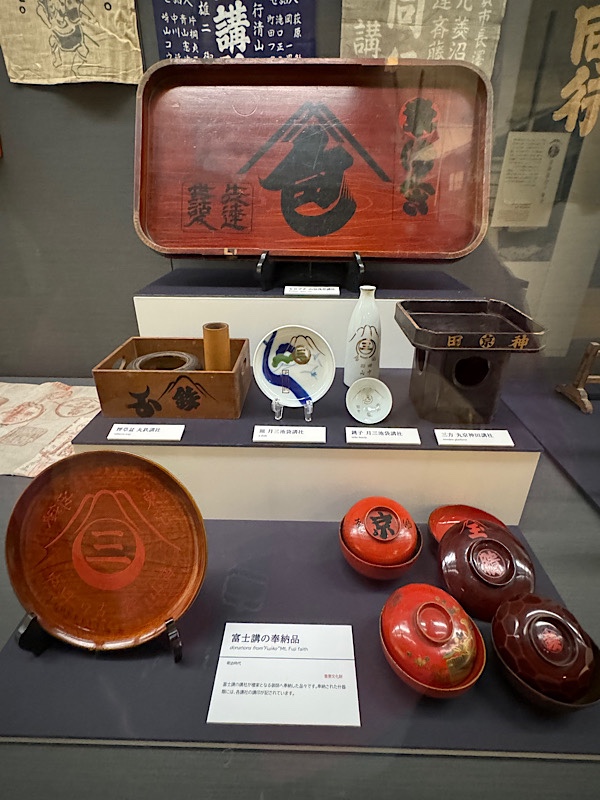
Today, modern climbers will carry a pilgrim’s walking pole which has the symbol of each station passed on the climb burned into the pole as a keepsake. In times past, pilgrims would have their clothing ‘stamped’ to show the passing of the many different stations on the way up the mountain. 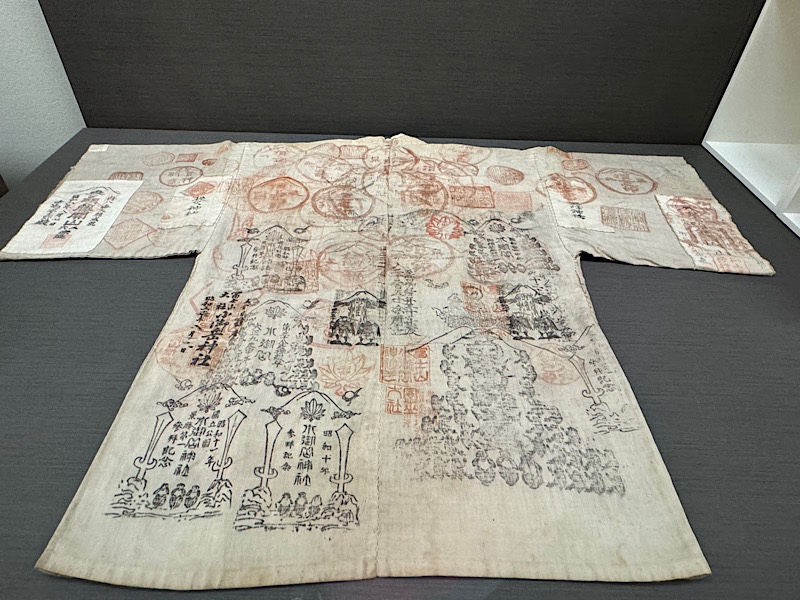
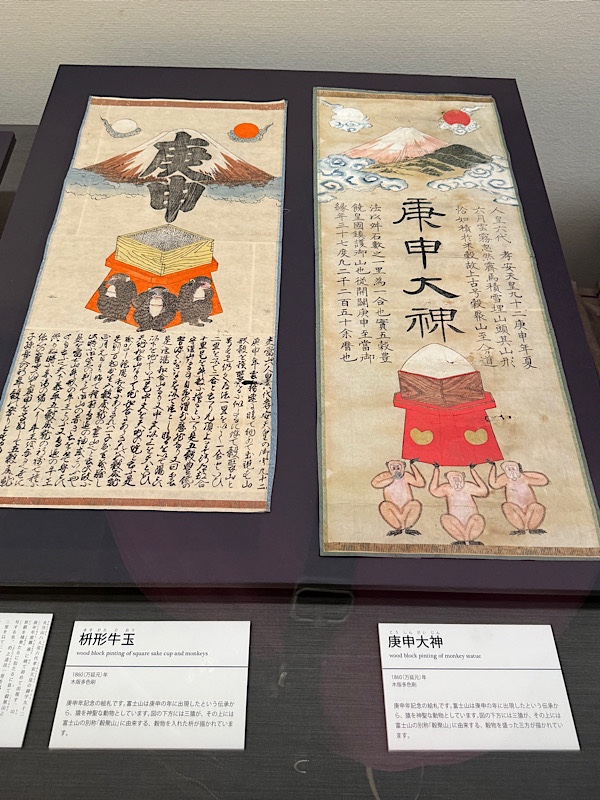
The Cherry Blossom Princess believed to inhabit Mt Fuji.
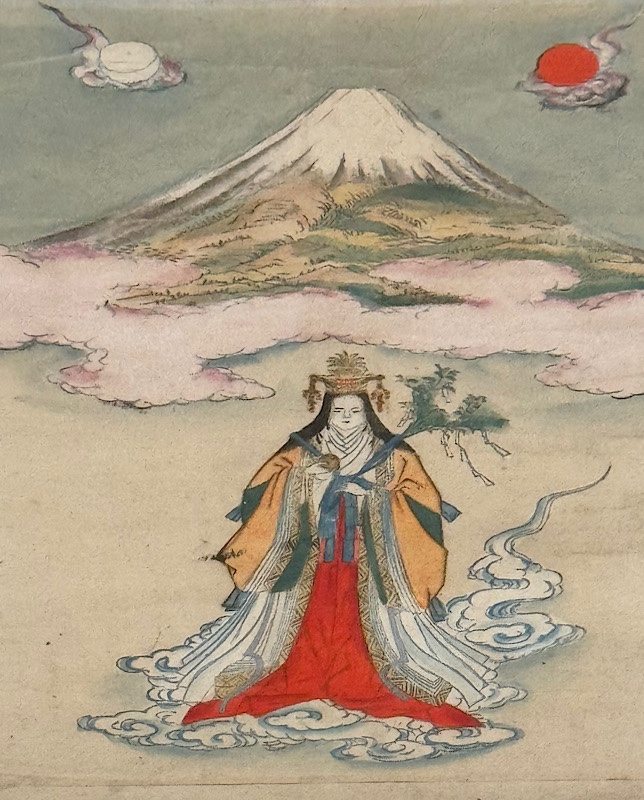
Each year a Fire Festival is held at Mt Fuji, it is an annual ritual that is part of worshiping the mountain – origins of the festival are vague, but it is a great honour to be chosen to help run the festival each year and become a six month all-consuming task for those who undertake it. First is the heavy task of soliciting donations to make the pyres that will be burned in late August – over 70 3m pyres are needed and stated around to be burned simultaneously during the festival.
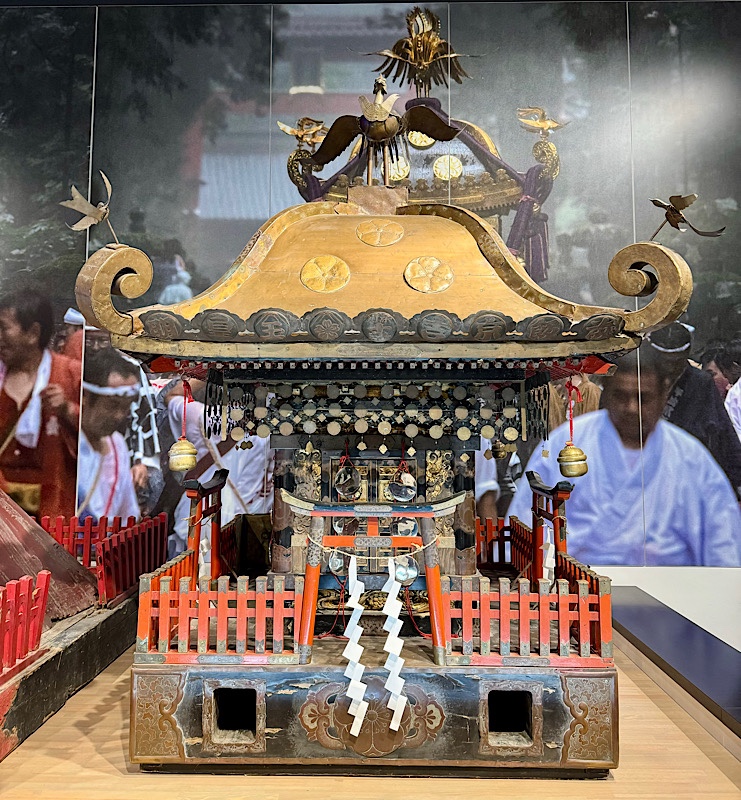
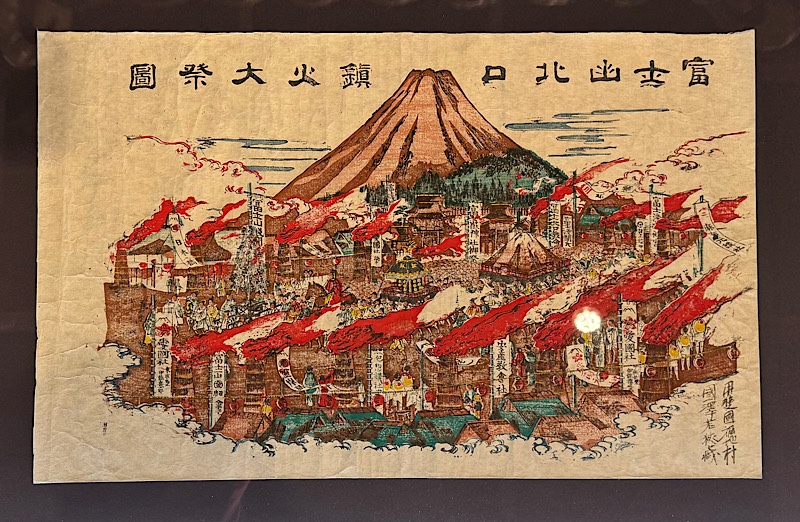
A woodblock print showing the people engaging in the fire festival around the base of Mt Fuji. Below: the actual wood blocks used to create this amazing print.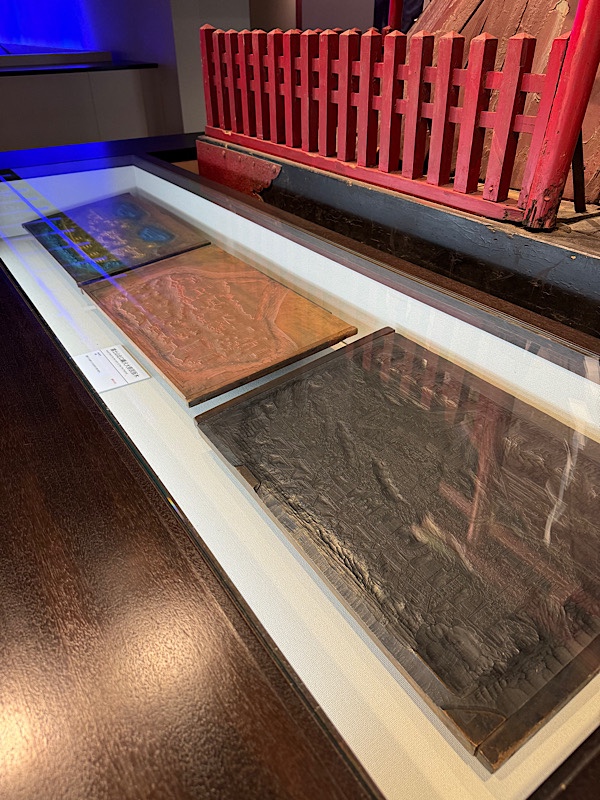
An example of the 3m pine pyre that will be carried to the base of the mountain from the Kitaguchi Hongu Fuji Sengen Shrine and lit on fire during the Fire Festival.
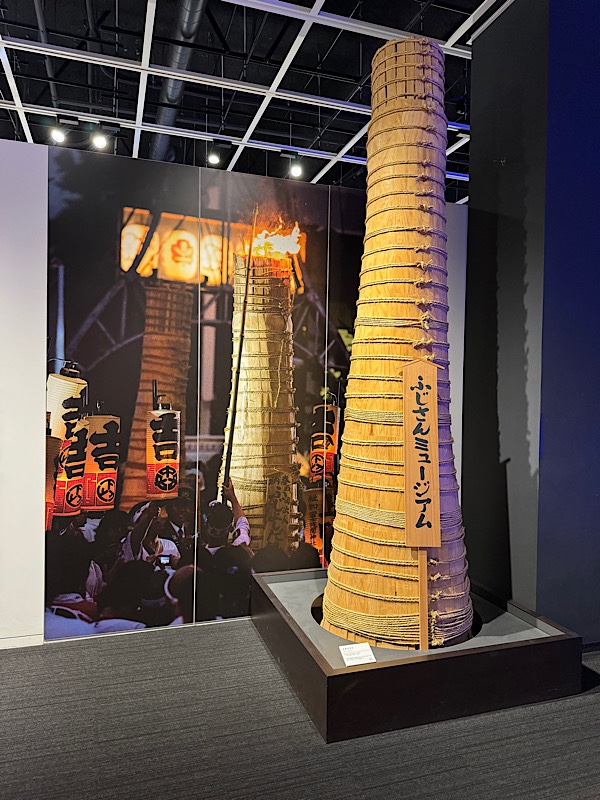 A personal hand mirror with a motif of Mt Fuji from the Edo Period, considered a sacred object.
A personal hand mirror with a motif of Mt Fuji from the Edo Period, considered a sacred object.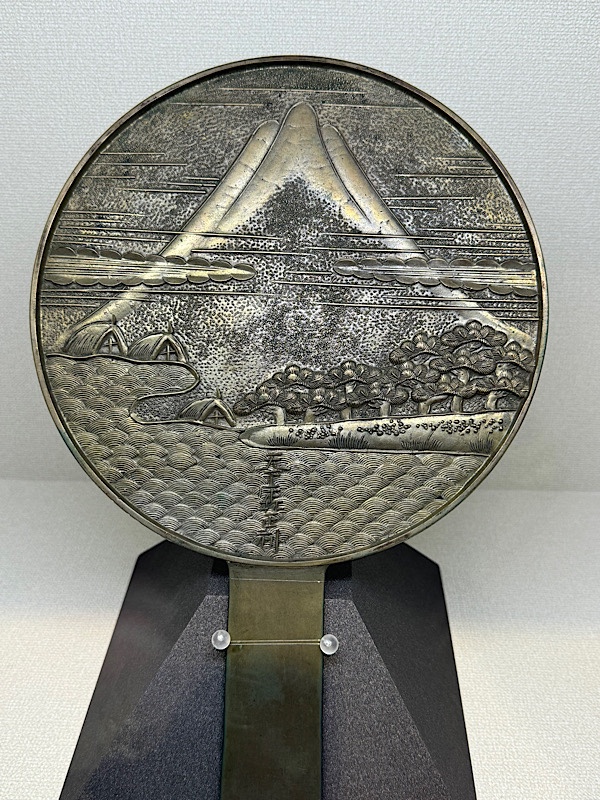 A piece of molten rock that turned into a projectile during an eruption on Mt Fuji.
A piece of molten rock that turned into a projectile during an eruption on Mt Fuji.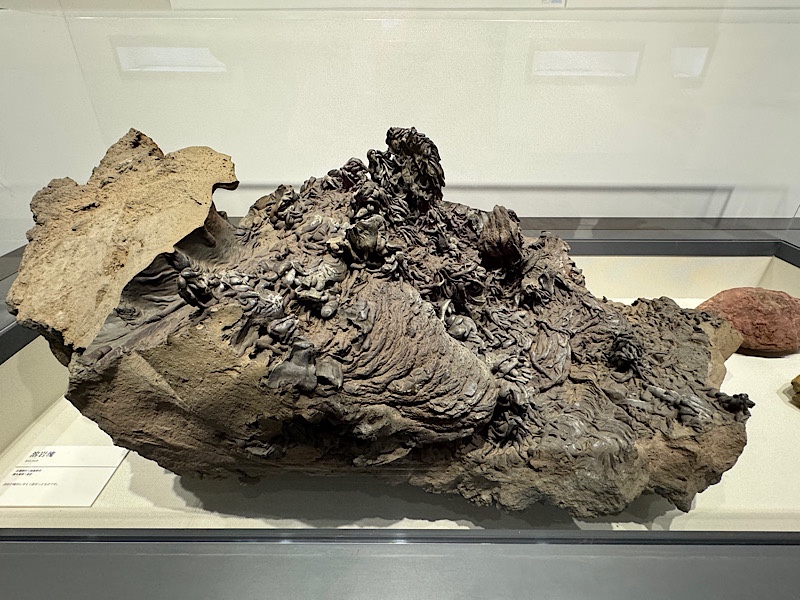 The various strata formed by the repeated eruptions – 8m high.
The various strata formed by the repeated eruptions – 8m high.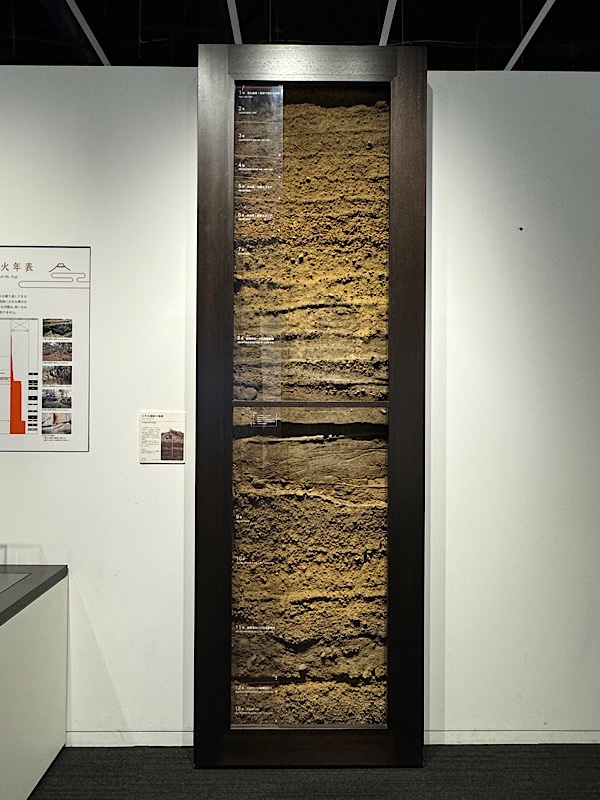 Model of Jason Period home…
Model of Jason Period home…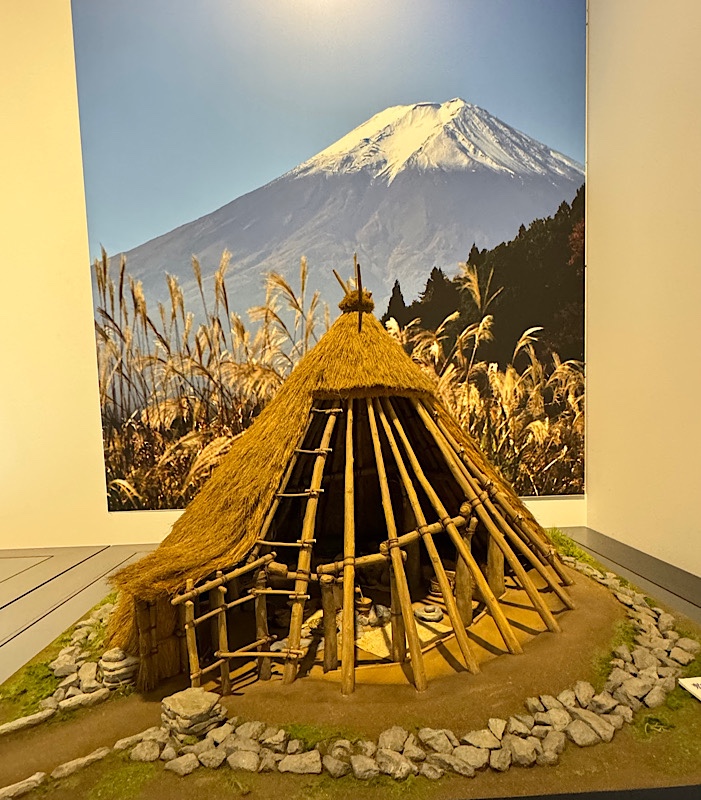 The area has also long been known for it’s textiles, particularly silk, and more recently has gained world renown for its linen manufacturing as well.
The area has also long been known for it’s textiles, particularly silk, and more recently has gained world renown for its linen manufacturing as well. 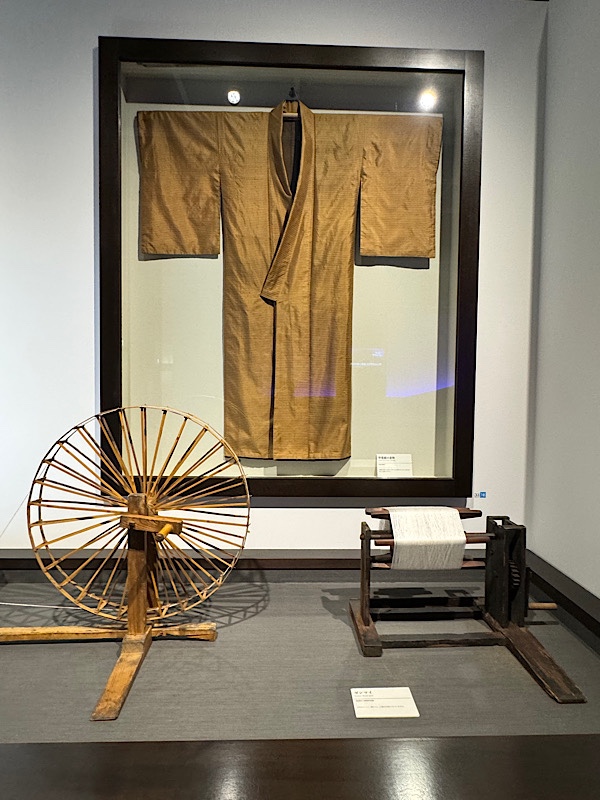
Maps showing the various routes up to Mt Fuji – this from 1926….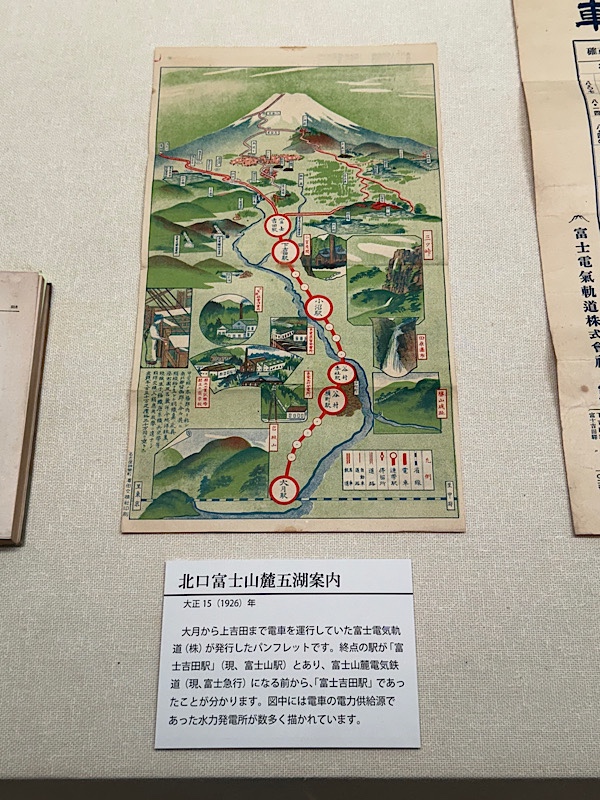 This from 1964…
This from 1964… 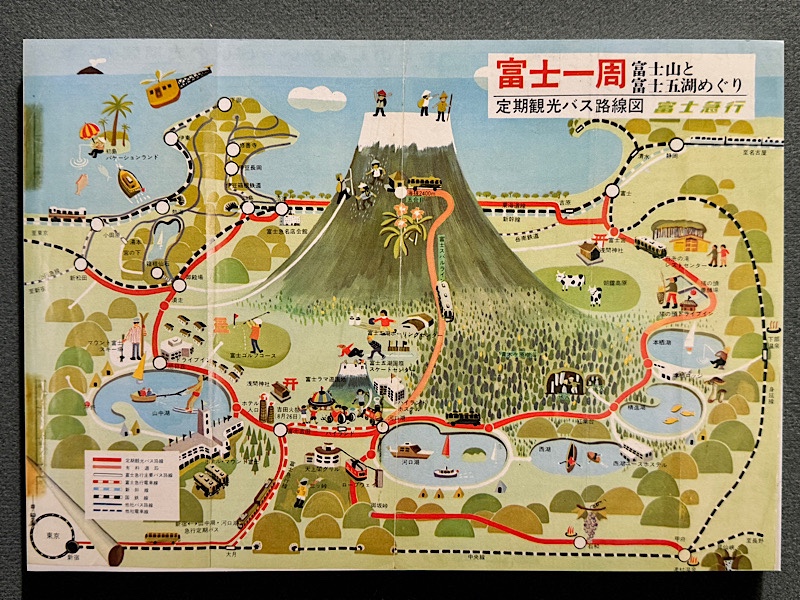 And this a contemporary map showing the different routes that hikers take to the summit.
And this a contemporary map showing the different routes that hikers take to the summit.